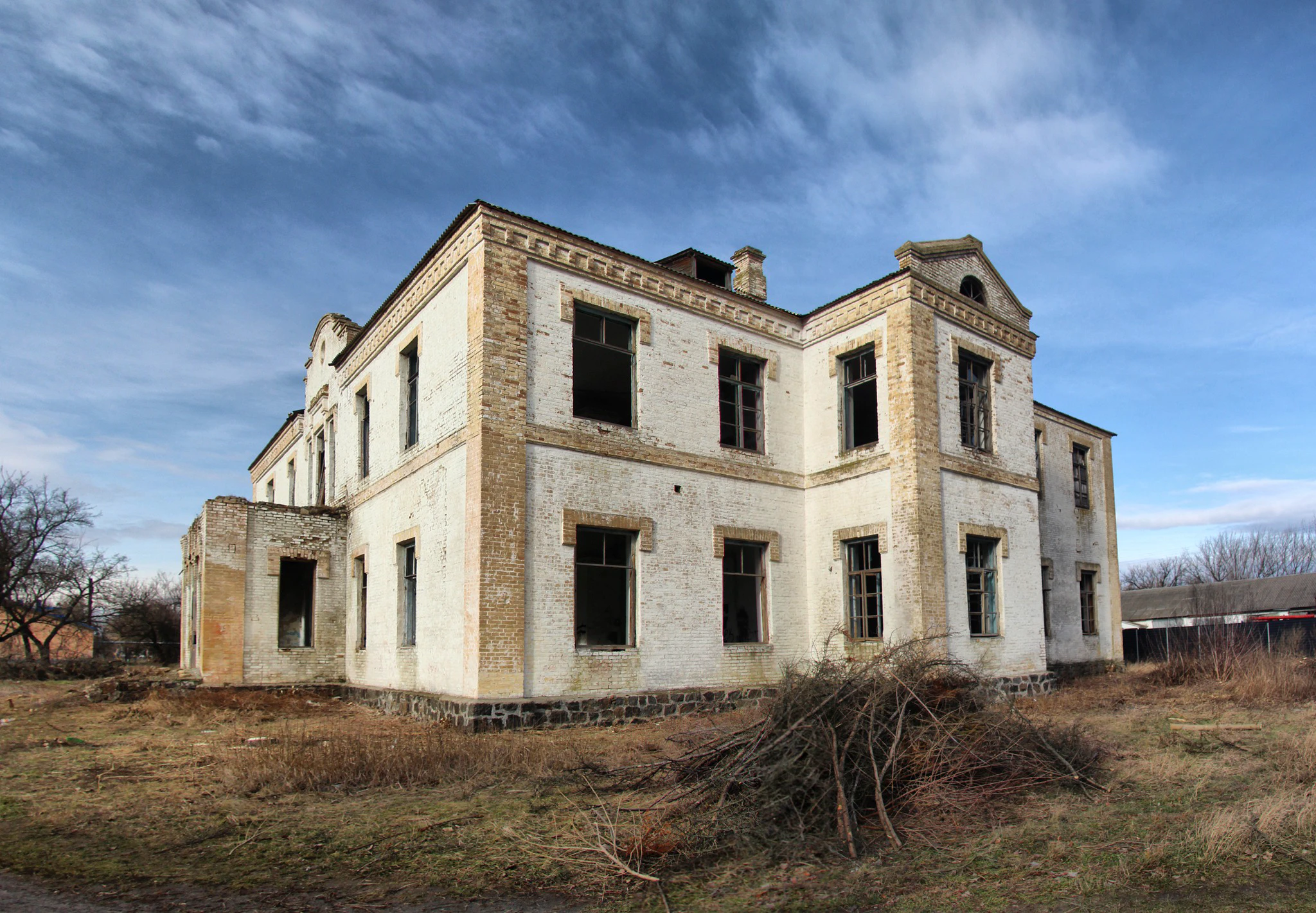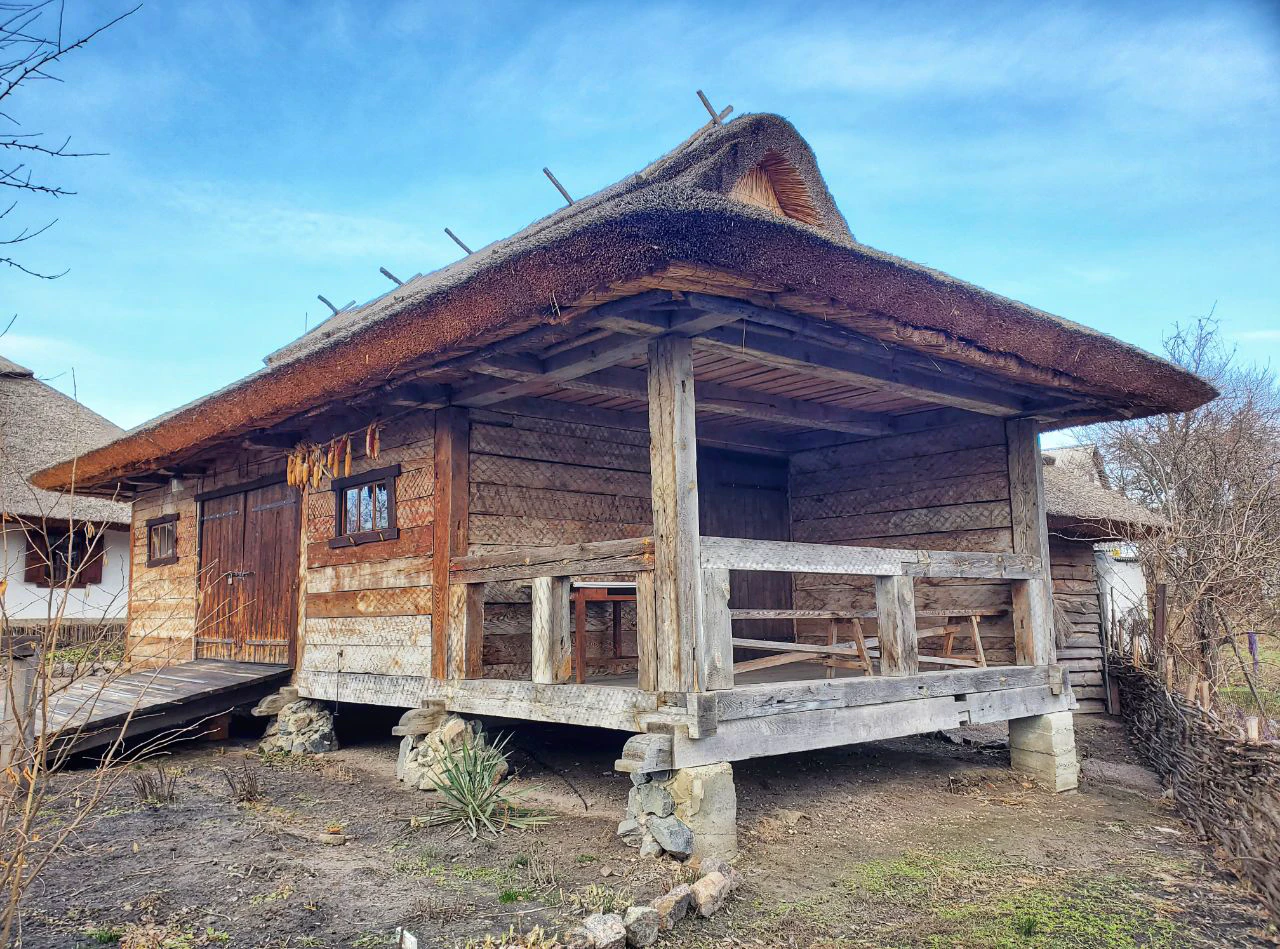ZMINA: Rebuilding | A Forgotten Treasure: Village of Moshny saved the history

A small village in Ukraine is full of history. A group of enthusiasts is giving a new life to this place thanks to 3D technology. Historical wealth of this place is so shocking, even for Ukrainians – many of them do not know how history is in almost every step of Moshny. We talked with Roman Malenkov, one of the people, who is raising the popularity and historical value of this place.
The Ukrainian village of Moshny boasts a historical richness that is rarely seen in such a small area. A group of enthusiasts has decided to make this place, full of fascinating landmarks, even more visible to the world. They also aim to enhance the experience of tourists who visit. Under the umbrella of the non-profit organisation Ukraine Incognita, they have launched this project to build on their years of research.
The village of Moshny is located in the Cherkasy region, about 30 kilometres from the city of Cherkasy. Since 2000, when the local tourist centre was established, more than 20,000 tourists have passed through the village’s gates. “We have long been aware of the diversity of attractions in the village of Moshny. We wrote about this place on our website, but the idea for a project to preserve its landmarks actually came to us only in 2023,” reveals Roman Malenkov, one of the project’s authors, whose goal is to increase the village’s visibility.

Waking up the history
The NGO Ukraine Incognita has been working on this initiative since 2009. The monitoring and promotion of cultural heritage began almost simultaneously with the launch of the website ukrainaincognita.com. In 2016, this NGO was officially registered.
Why was the village largely unknown, and why didn’t its landmarks attract more tourists? The country’s past and the turbulent times Ukraine has faced are the main reasons.“This can be explained by the destruction of many archives during the Soviet period. But we, together with representatives of the community, have collected quite a lot of information, and now our task is to make sure that they learn how to put this information on the website. We need to teach the community how to work with cultural heritage, including information about it.”
“We need to teach the community how to work with cultural heritage, including information about it.”
Roman Malenkov
The village of Moshny first appeared in historical records as early as the 16th century. Its significance grew considerably in the 19th century when it became a centre of regional cultural and economic life. Under the patronage of Count Mikhail Vorontsov, several architectural works were built in the village, forming the foundation of its cultural heritage today.
The most significant structure from this period is the Transfiguration Church. This church was completed in 1843 and designed by architect Giorgio Torricelli. Its architecture combines Romanesque and Tudor Gothic elements, with white towers and ornate details reminiscent of a palace in Crimea.
However, the village of Moshny offers more than just a unique church. Another tourist attraction is a wooden house built by Vladyslav Horodetskyi, a renowned Ukrainian architect. Interestingly, this building is the only surviving wooden work by Horodetskyi in Ukraine.
Another notable site is the Greek School, which once served as an educational institution for local residents.

The village is also home to the Taras Shevchenko Museum, dedicated to the prominent Ukrainian poet, writer, and artist. The museum is housed in a 19th-century building that Shevchenko visited multiple times during his lifetime.
The Project That Transformed Moshny
For many years, this wealth of cultural heritage remained underappreciated and unknown beyond a small circle of experts. The situation began to change in 2016, when the non-profit organisation Ukraine Incognita officially registered its project to support and preserve historical landmarks. Since then, the organization has carried out dozens of projects, including those funded by the European Union.
In 2023, the "Cultural dimension of the community - Moshny village" project was launched. Its goal was not only to document historical landmarks but also to make them more accessible to the public through digital technologies.
“Today, the website is one of the most information-rich in the country, with a daily audience of thousands. The CSO has several dozen completed projects in the field of cultural heritage, including those funded by the EU,”
says Malenkov.

As part of the project, 3D models of the village’s main landmarks were created, including the Church of the Transfiguration, the Greek School, and the Roman Catholic Church. These models, developed using a combination of photogrammetry and aerial photography, allow for a detailed visualisation of each structure.
The significance of the project goes beyond preserving monuments. In Moshny, it has successfully sparked local interest in cultural heritage.
“We were able to interest the community in preserving cultural heritage, developing infrastructure, and working with monuments,”
says Malenkov.
Revitalising the Community and Looking Ahead
Support for the project came not only from local residents, but also from former inhabitants of Moshny now living abroad. “Our project received excellent feedback. It was well talked about in the local community, shown on local and national television, and thousands of people watched the video about the project on YouTube,” he adds.
Of course, the project was not without its challenges. The biggest obstacle was the ongoing situation in Ukraine. “The most difficult thing about the project was the Russian war, the constant sirens and alarms, and the winter weather, which made the work difficult,” Malenkov explains.
Thanks to this initiative, Moshny is no longer just a village with a rich history—it is also a place actively working toward the future. The "Cultural dimension of the community - Moshny village" project has demonstrated that even small communities can play a significant role in preserving cultural heritage.
Author: Ján Janočko
ZMINA: Rebuilding is a project co-funded by the EU Creative Europe Programme under a dedicated call for proposals to support Ukrainian displaced people and the Ukrainian Cultural and Creative Sectors. The project is a cooperation between IZOLYATSIA (UA), Trans Europe Halles (SE) and Malý Berlín (SK).